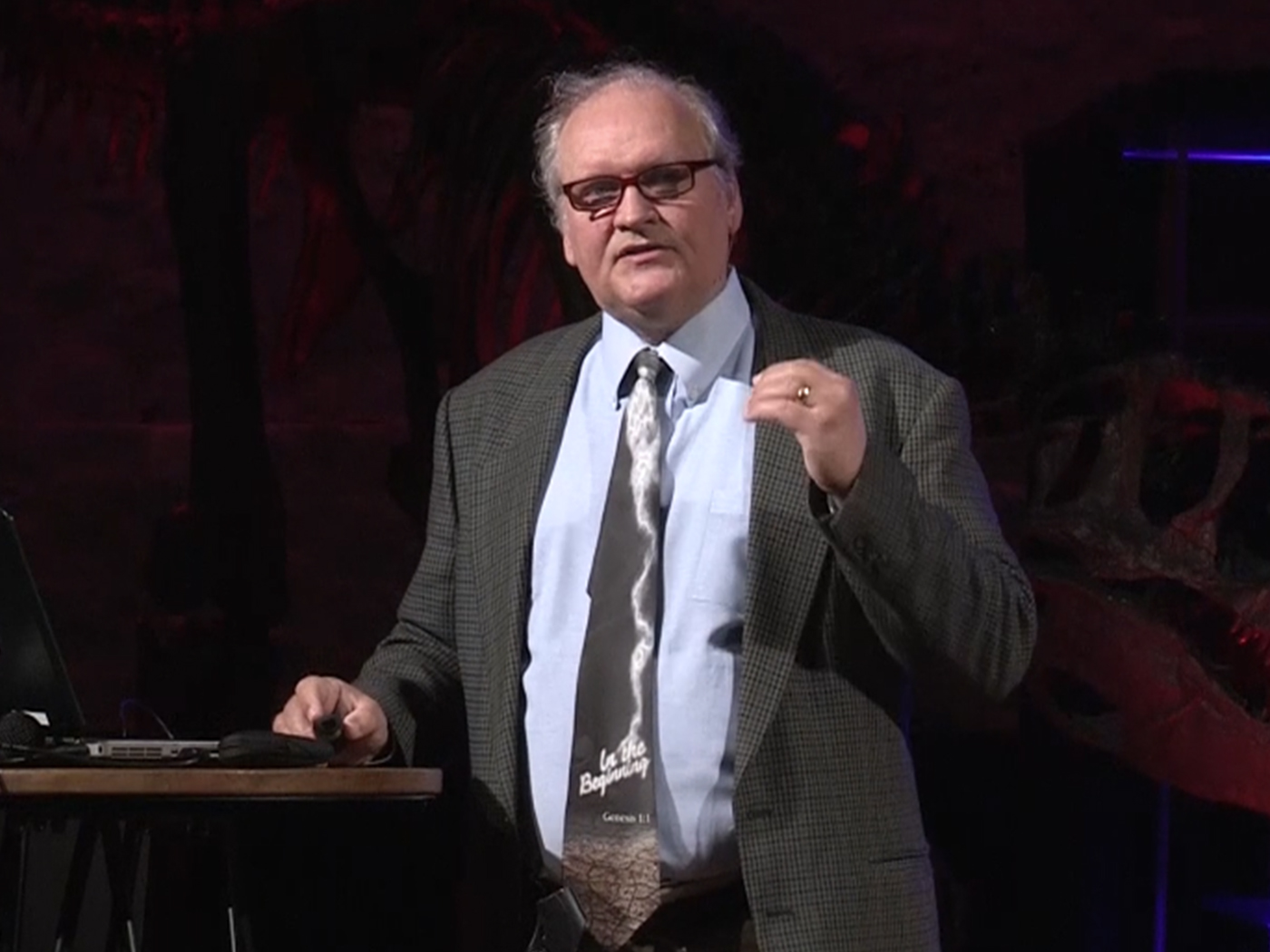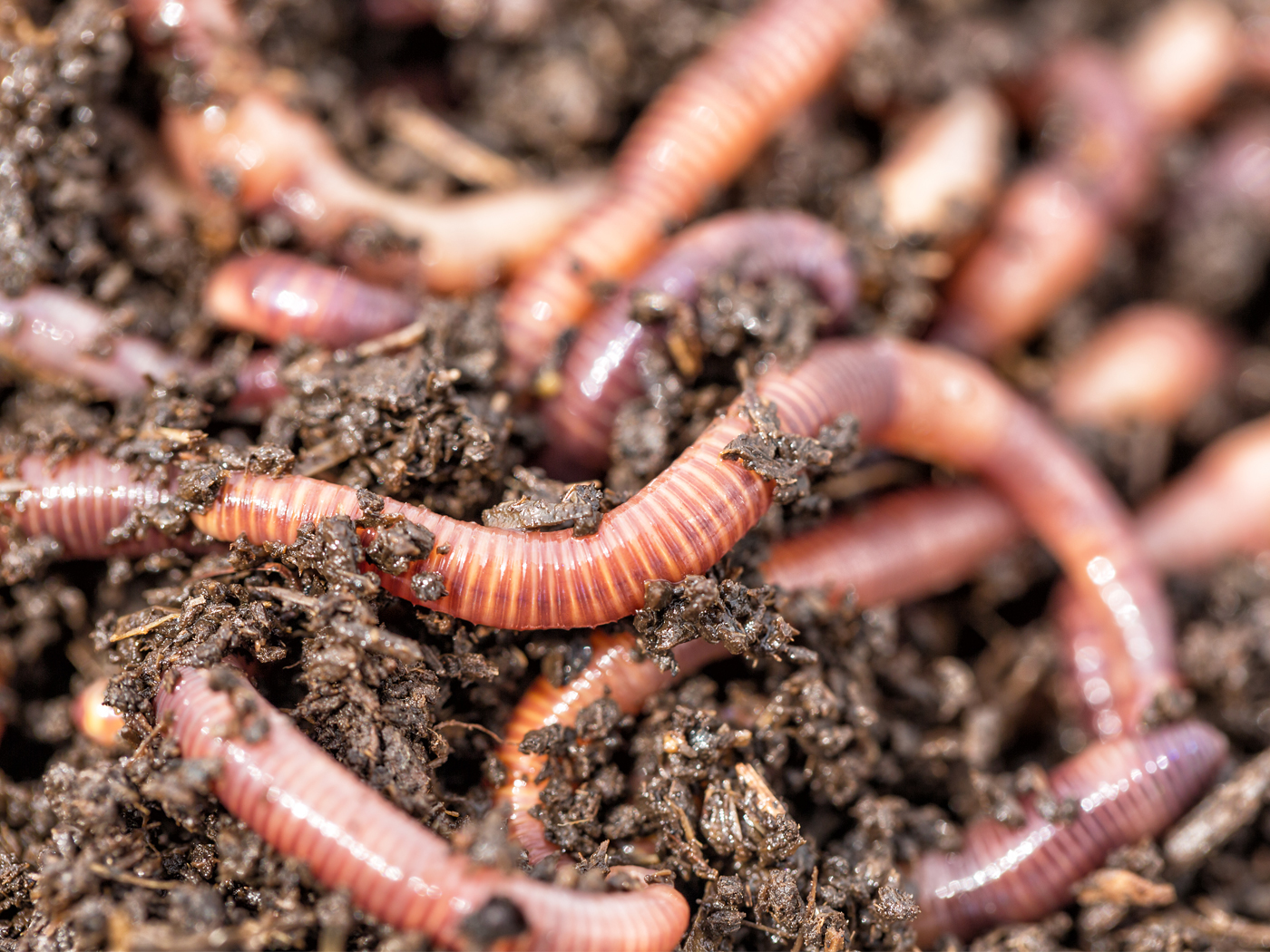Rorqual whales, including blue whales and minke whales, don't have teeth. Instead, they eat tiny sea animals by filtering water with comb-like bristles in their giant mouths called "baleen." Working in symphony with an array of rorqual-specific traits, a newly discovered sensory organ builds an even stronger case for their special creation.
A subset of baleen, rorqual whales eat through a process known as "lunge feeding" that requires a long list of fully formed features. One of those unique traits, essential for the whale's feeding, involves the mouth and the jaw—the accordion-like skin folds on the throat greatly expand when they swallow huge mouthfuls of prey-laden water.
No combination of natural processes could have organized rorqual whale features, even considering toothed whales as possible evolutionary precursors. All the necessary traits were required for survival in the beginning, so they must all have popped into existence by a miraculous creation event.
In the journal Nature, American and Canadian scientists described a previously unknown sensory organ situated in the front and center of the whale's lower jawbone, where the bone is split into left and right halves. The organ measures and informs the brain about the resistance force upon the whale's gaping mouth when lunge feeding. The unique organ also detects "dynamic rotation of the jaws during mouth opening and closure," according to the report.1 In other words, without this sensory organ whales would not know how much force is too much when lunging through water—they could fatally damage themselves without this key sensory and data coordination device.
And according to the study authors, baleen whales need all of the following parts linked in precise proportions in order to eat: comb-like baleen to filter out food; expandable, accordion-like "ventral groove blubber" with cartilaginous support bars; the newly discovered sensory organ; a split jaw that is loosely connected to the skull; and tactile organs, "vibrissae," along the chin that sense prey.
The researchers had difficulty describing when the newly discovered sensory organ might have evolved, and they did not even attempt to describe how it might have evolved. They suggested that if it evolved in pre-rorqual whales, then it was a "pre-adaptation for lunge feeding."1
But this contradicts a fundamental evolutionary tenet—natural forces are supposed to have no foresight. How could nature prefabricate precisely-fitted machine parts that would only function after generations of future whales had finally evolved all the other machine parts?
The study authors also suggested that if the organ evolved at the same time that rorqual whales supposedly branched off of the baleen whale lineage, then "the organ evolved in tandem with the ventral groove blubber and specializations in mandible morphology."1
The only difference between "evolving in tandem with [the necessary rorqual feeding] specializations" and God creating all those specializations at the same time is that the former calls upon deaf, dumb, and blind nature to perform what only an all-knowing, all-seeing God of Creation could have wrought. The credit for rorqual whale design and construction is rightfully His.
References
- Pyenson, N. D. et al. 2012. Discovery of a sensory organ that coordinates lunge feeding in rorqual whales. Nature. 485 (7399): 498-501.
* Mr. Thomas is Science Writer at the Institute for Creation Research.
Article posted on June 22, 2012.


















